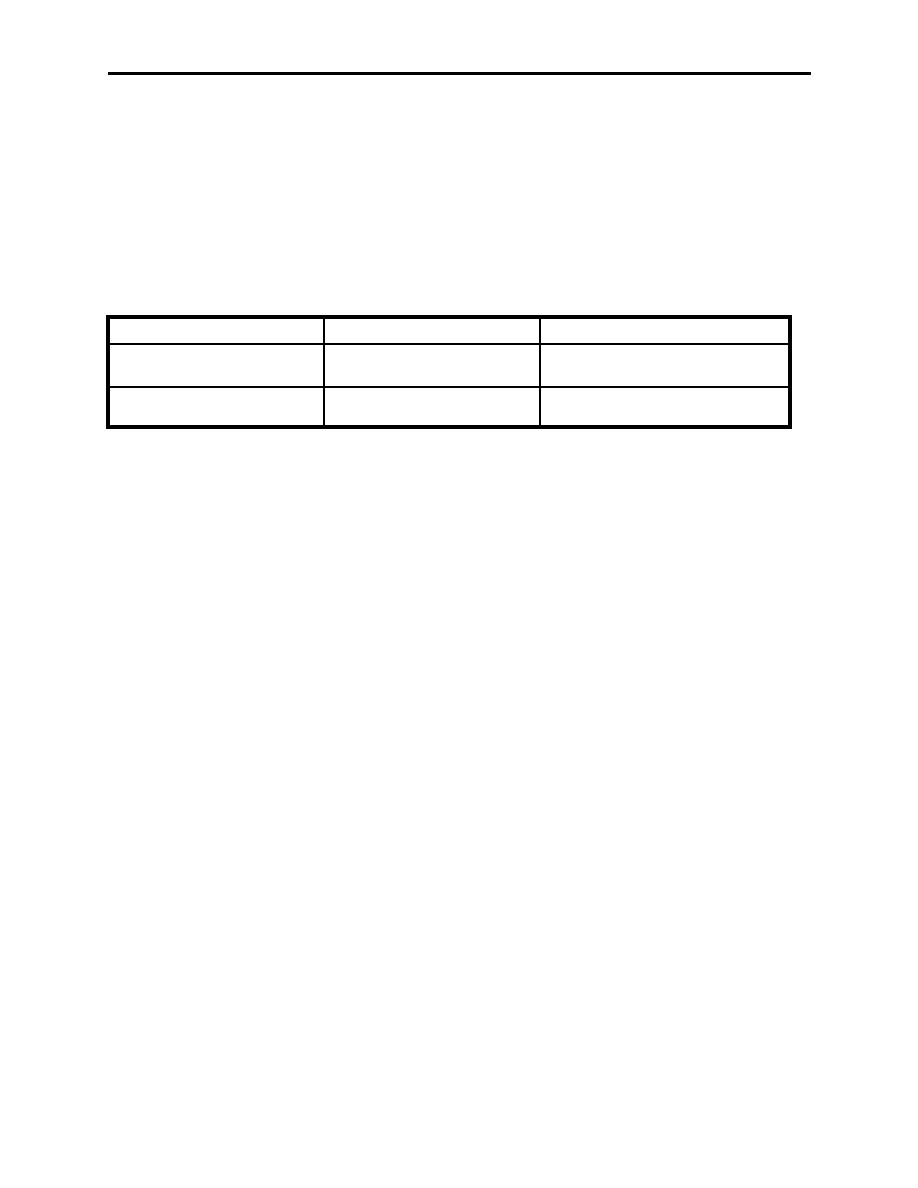 |
|||
|
|
|||
|
Page Title:
Figure 1-11. Pressure Change vs Indicated and MSL Altitude |
|
||
| ||||||||||
|
|  AVIATION WEATHER
CHAPTER ONE
This updating is accomplished via radio throughout the flight. Usually, when switching to a
different air traffic controller, about every 50 - 100 miles, an updated altimeter setting will also be
passed to the aircrew. This ensures all aircraft in a given area are flying at the correct altitudes
(up to FL180). A change in pressure of 0.10 in-Hg will change the altimeter reading 100 feet.
Therefore, it is imperative to receive a current altimeter setting at your destination prior to
landing. If the altimeter is not adjusted and your flight path takes you into an area of lower MSL
pressure the aircraft will be lower than the altimeter indicates. Conversely, if your flight path
takes you into an area of higher MSL pressure, the aircraft will be higher than the altimeter
indicates. These events are summarized by a set of rhymes, as well as by Figure 1-11.
PRESSURE CHANGE
ALTIMETER
ACTUAL MSL ALTITUDE
Flying toward lower MSL
Indicates higher than actual
Lower than indicated by the
pressure
altimeter
Flying toward higher MSL
Indicates lower than actual
Higher than indicated by the
pressure
altimeter
Figure 1-11 Pressure Change vs Indicated and MSL Altitude
RULE: High to Low, look out below
The aircraft is lower than indicated, thus the indicated altitude is higher than the aircraft.
RULE: Low to High, plenty of sky
The aircraft is higher than indicated, thus the indicated altitude is lower than the aircraft.
It is quite common to confuse these two concepts. Remember, if you have a one inch decrease in
barometric pressure your altimeter (i.e., indicated) will read 1000 feet higher. If this difference
occurred gradually between two points you would fly to a 1000 foot lower true/MSL altitude
because of your altimeter error.
Temperature
Pressure changes have a far greater effect on an altimeter error than temperature. Nevertheless,
when the margin for error is low (extreme low altitude flight), temperature change needs to be
taken into account.
When accounting for altimeter error attributed to temperature use the rules shown for pressure
above (High to Low). For example, when traveling from point A with a temperature of 70F to
point B with a temperature of 90F, without updating the altimeter setting, you can expect to be
higher than your altimeter is showing ("low to high, plenty of sky").
General Structure of the Atmosphere, and Atmospheric Temperature and Pressure 1-13
|
|
Privacy Statement - Press Release - Copyright Information. - Contact Us |